2/2006
Midland Mainline's Meridians
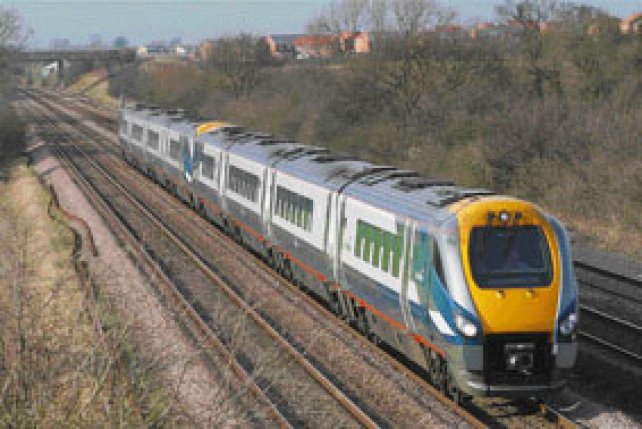
These Bombardier-built 200 km/h Class 222 four-car DEMUs have now been in service on the Midland Main Line for close on two years, and are achieving exceptionally high reliability levels. The lessons learnt from the earlier Voyager units have been put to good use. In summer 2005 the first of the nine-car trains also entered service, as did the four-car Pioneer units acquired by Hull Trains.
Two unidentified four-car Meridian Class 222 units pass Cossington, north of Leicester, on a London-bound service on 18 March 2005.
Photo: Bob Sweet
Wining And Dining On The Czech Pendolino
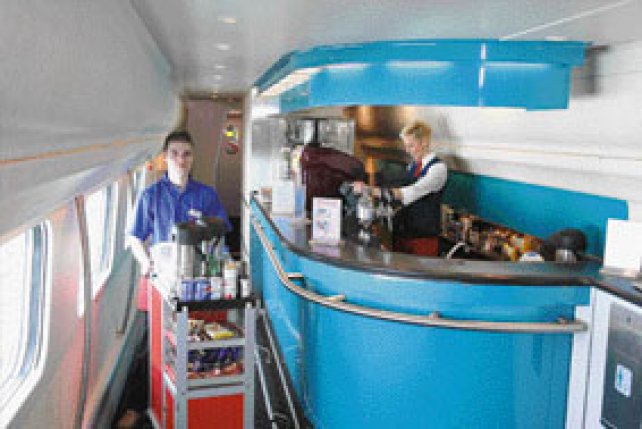
In R 1/06 we had a detailed look at the technical teething troubles experienced by the Class 680s during their first weeks in service. Here we examine the new trains from a different point of view - that of the passenger, and in particular that of the traveller who elects to patronise the refreshment facilities offered on board. These are provided by an outside caterer, JLV (Jídelní a lůžkové vozy). How does the service and fare offered on the new trains compare with that on other long-distance trains in the Czech Republic, and what difficulties are being experienced by those staffing the catering vehicles?
The refreshment trolley sets out on a run through the standard class carriages on the 680 forming SC 505 from Praha to Ostrava on 14 March 2006.
Photo: Tomáš Kuchta
X60 Saga starts
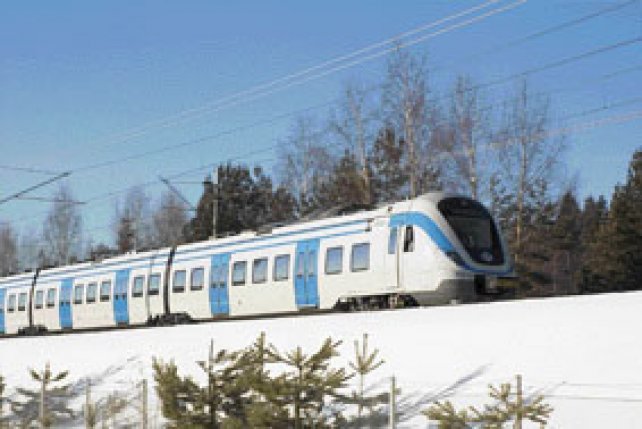
A new era has begun in the history of Stockholm’s suburban rail network with the arrival of the first of 55 Class X60 EMUs. Seven months after the first train entered commercial service, on 30 March 2006, ALSTOM was able to celebrate once again, when Storstockholms Lokaltrafik (SL) took up part of its option for up to 50 more trains of this type, by ordering a further 16.
X6020 near Södertälje. The winter of 2005/6 was a pretty severe one, providing a good test for the new trains, which performed very well. Moreover, road congestion charges were introduced in the Swedish capital on test basis, resulting in a 20% increase in patronage of all forms of public transport.
Photo: Alstom
New Bernina Express Panoramic Carriages
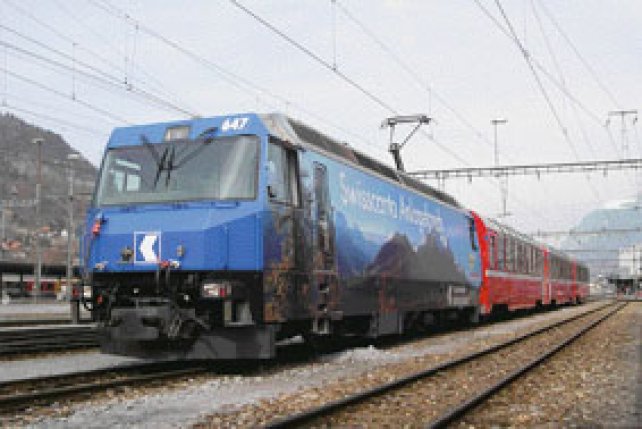
The Rhätische Bahn’s Bernina Express operates from Chur in Switzerland to Tirano, in Italy - a breathtakinghly scenic run of over four hours. At Ospizio Bernina the line reaches an altitude of 2,253 m, this making it Europe’s highest adhesion-worked railway. Its hourly services, some marketed as Bernina Express, complement those of the Glacier Express between Zermatt and St. Moritz. In 2000 RhB ordered from Stadler ten new air conditioned panoramic carriages, both first and second class, and such is their popularity among travellers on this world-famous touristic route that a further ten were ordered in April 2004.
The three new Bernina Express panorama cars at Landquart on a test run on 21 March 2006 behind RhB’s Ge 4/4 III 647.
Photo: Matthias Müri
70 Years Of Görlitz Double-Deckers
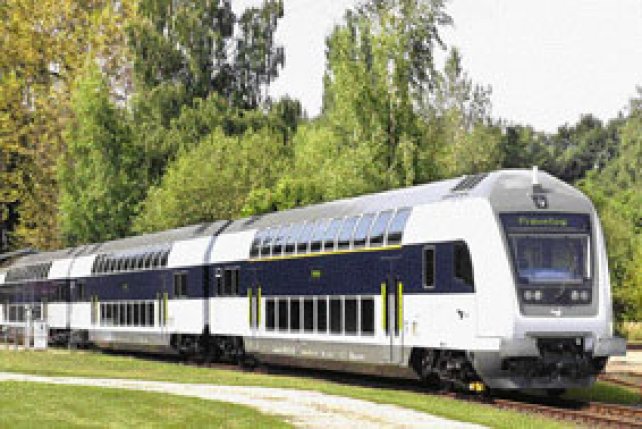
From 1998 the carriage works at Görlitz has been part of the Bombardier empire. It is here that seventy years ago the construction of double-deck carriages began. Subsequently many more such articulated rakes were built for operators throughout much of eastern Europe and today, the high-capacity double-decker’s popularity continues unabated. Here we provide you with an in-depth look at activities at Görlitz, both past and present.
A DSB push-pull set about to make a test run from Görlitz.
Photo: Bombardier / Sven Hornschuh
RZD's New EP2K Locomotive
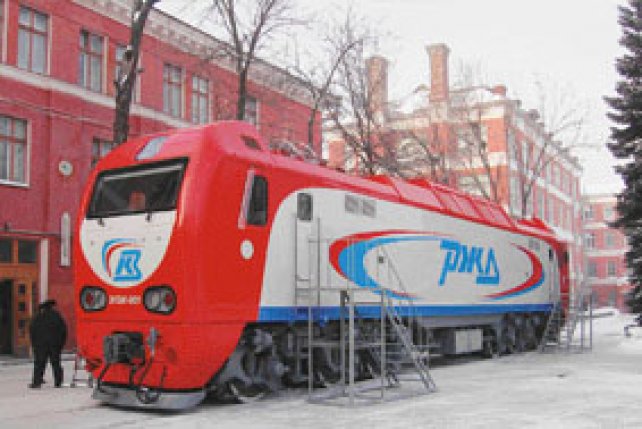
On 3 February 2006 the Kolomna locomotive works, which is part of the Trans-mashholding group, unveiled its first new EP2K locomotive, EP2K-001. Designed for express passenger services, it is based on the TEP70 BS diesel-electric, and has a top speed of 160 km/h. RZD intends that the EP2K should replace its ageing fleet of Class ChS2 machines, built by ŠKODA Plzeň.
The EP2K prototype at the Kolomna works on 3 February 2006.
Photo: Oleg Sergeev
AVE To Costa Del Sol
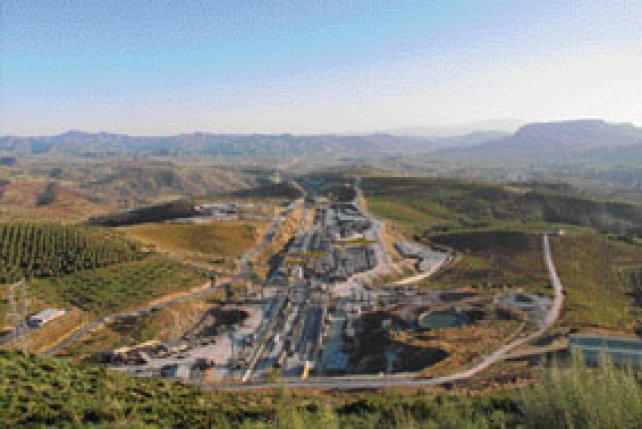
Following the opening of the Madrid to Sevilla high speed line on 21 April 1992, nearly a decade was to elapse before work started on building branches. The first to be completed was the 20.5 km link between La Sagra and the historic city of Toledo, inaugurated on 15 November 2005. Towards the end of 2006 trains will start using the first section of the Córdoba to Málaga branch, as far as Bobadilla, the inauguration of the remainder of this line being scheduled for late 2007.
View from above the south portals of Abdalajís tunnel towards the Arroyo de las Piedras viaduct.
Photo: ADIF
And much more!
Cover of 2/2006
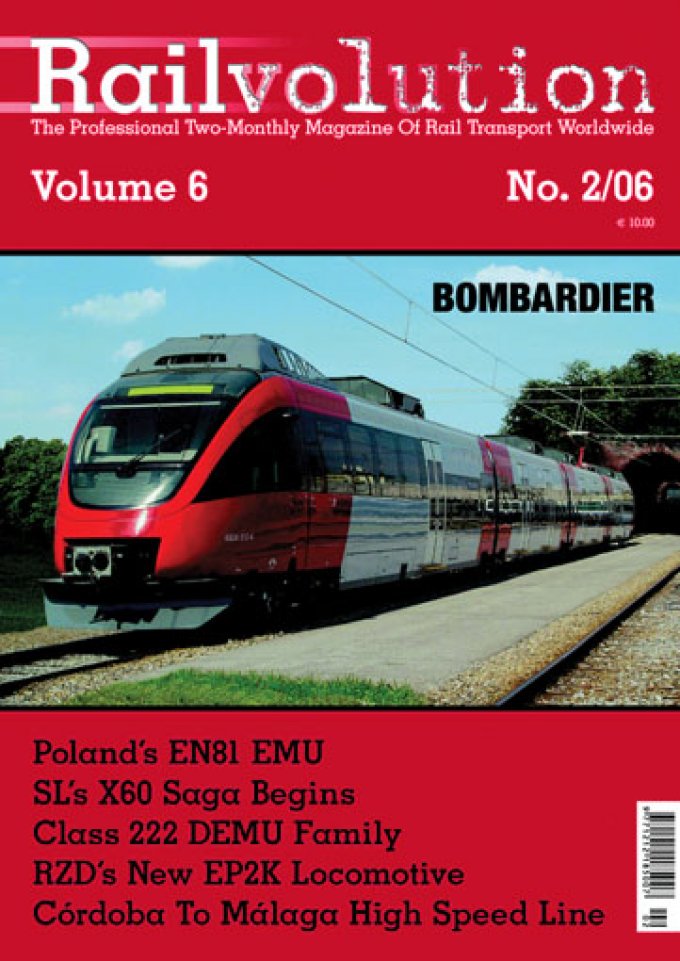
Poster
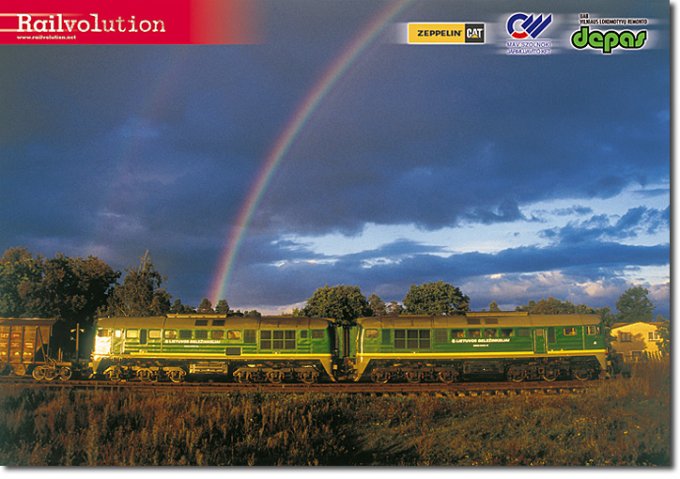
Features: Lithuanian double locomotives 2M62-0569, modernised at Vilnius depot, where it received a new CAT 3512BHD engine, with a freight bound for Palemonas, near Kaunas, waits at Gaizunai to cross with a train coming the other way on 17 September 2005.
